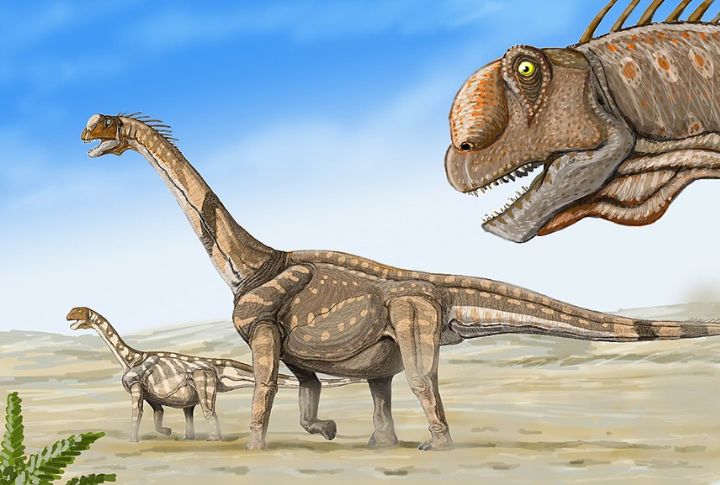
America was once home to some of the largest dinosaurs ever discovered. These colossal creatures roamed vast territories across North America, and their fossilized remains attest to the immense power they once possessed. Here are some astonishing traits that defined the reign of these 10 prehistoric giants.
Torvosaurus
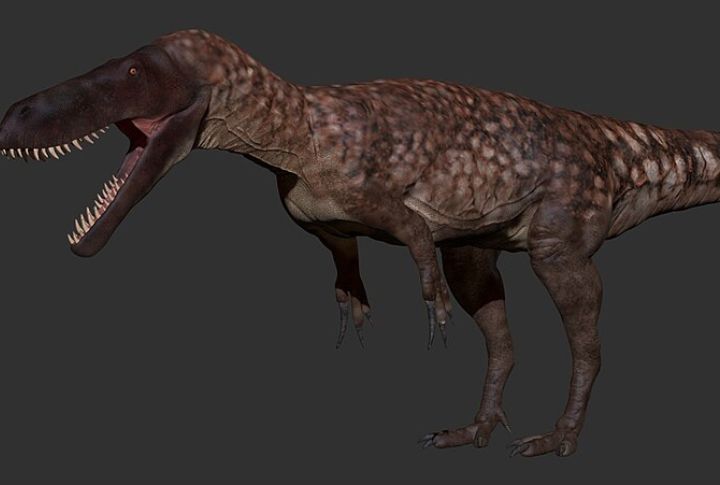
This fearsome Late Jurassic predator grew up to 36 feet long and weighed as much as 2.5 tons. Deadly claws extended from three-fingered hands, and these very claws enabled the Torvosaurus to overpower struggling prey. Muscular jaws further enhanced the creature’s ability to take down victims with precision.
Allosaurus
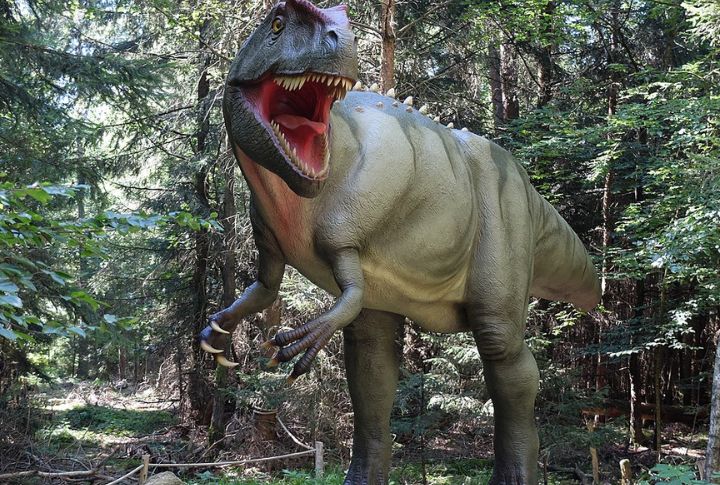
A dominant hunter of the Morrison Formation, the Allosaurus typically reached lengths of 28 feet, while some individuals extended up to 43 feet. Its sleek skull featured ridged crests above forward-facing eyes. Strong hindlimbs gave this carnivore speed and strength during chases.
Alamosaurus
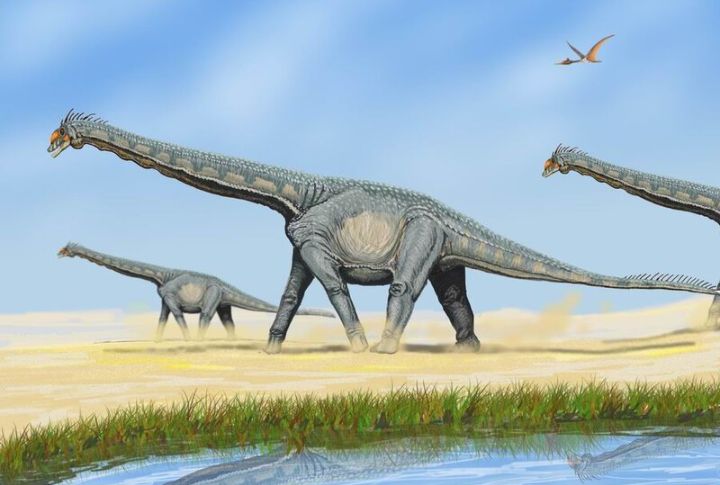
Having roamed what is now Texas, this Late Cretaceous herbivore stood about 75 feet long and weighed over 80 tons. Neural spines along the vertebrae added strength to the backbone. Additionally, their thick leg bones with reinforced outer layers helped them move steadily across uneven lands.
Supersaurus
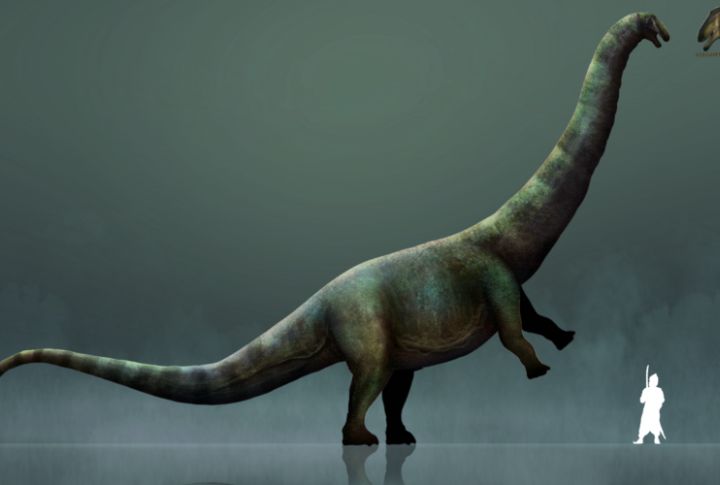
Estimated to stretch 108 feet in length, the Supersaurus was one of the longest dinosaurs in North America. An incredible neck, composed of 15 vertebrae, allowed it to feed on vegetation in the treetops. This colossal sauropod also ranked among the longest-bodied dinosaurs ever discovered.
Diplodocus
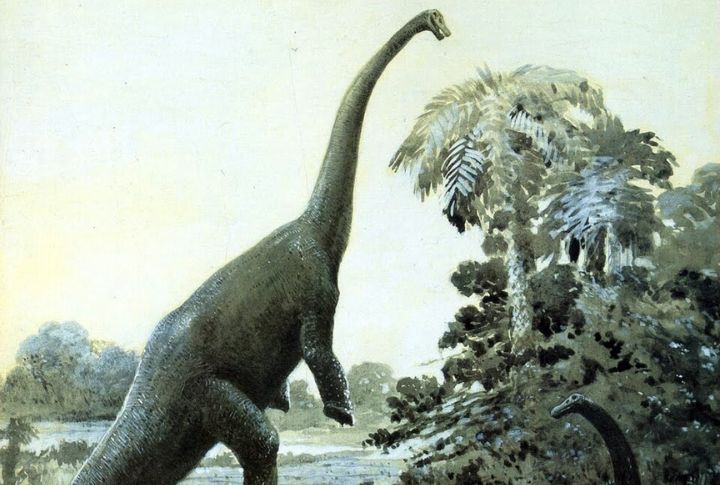
Diplodocus’s long frame and flexible build made it stand out among Late Jurassic herbivores. This lightweight giant weighed just 15 tons and could grow up to 90 feet from head to tail. Fossil evidence suggests it may have traveled in herds for protection and social acceptability.
Brontosaurus
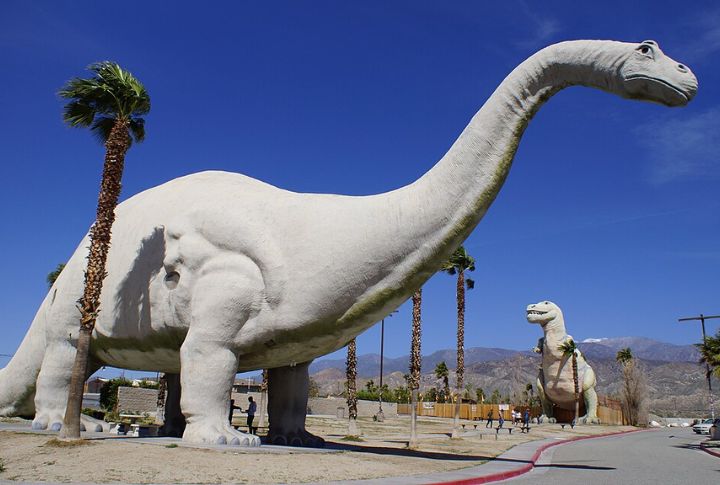
After years of taxonomic debate, paleontologists officially recognized this “thunder lizard” as a valid species. It reached 75 feet in length and weighed around 38 tons. A strong torso supported its massive frame, sending tremors through the prehistoric ground with each step.
Camarasaurus
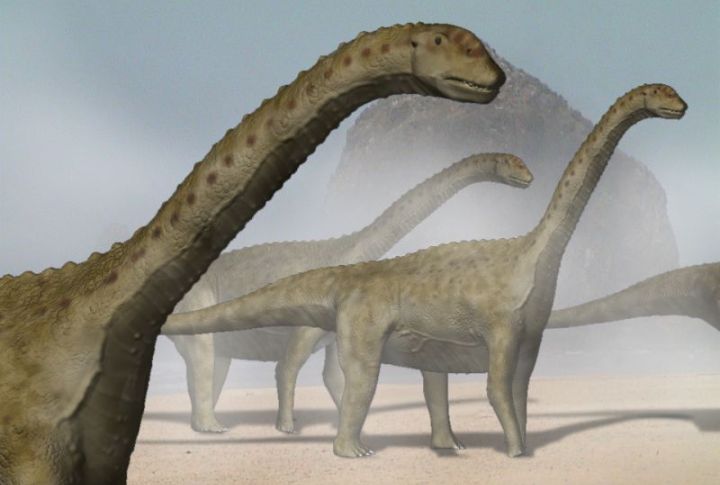
This Jurassic plant-eater had vertebrae with internal air chambers that helped reduce body weight. Distinguished by its relatively short neck, it possessed a sturdy body that helped it withstand the challenges of ancient Western floodplains. The Camarasaurus weighed nearly 50 tons and reached up to 60 feet in length.
Apatosaurus
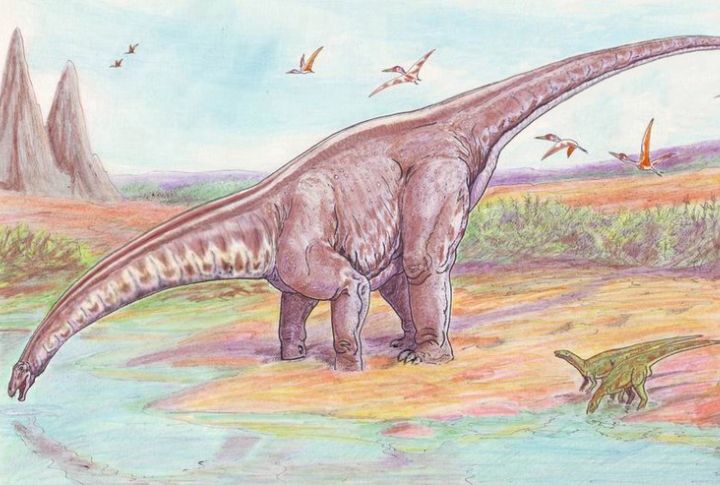
This enormous herbivore reached a length of 75 feet and weighed nearly 40 tons. Its heavily muscled shoulders supported an unusually shaped skull. As a result, the creature’s puzzling bone structure sparked decades of scientific debate regarding its classification among other long-necked dinosaur species.
Brachiosaurus
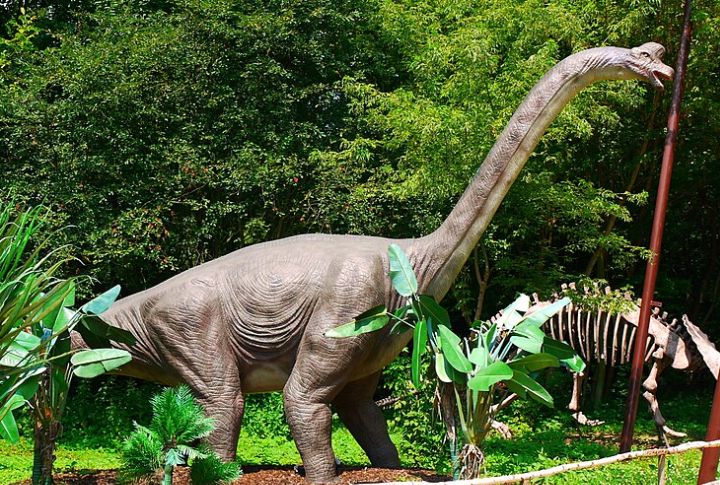
Towering at 40 feet tall and stretching 85 feet long, this giraffe-like dinosaur ranked among the tallest ever discovered. Significantly longer front limbs raised the chest, allowing access to foliage 50 feet above the ground. Its elevated stance remains one of paleontology’s most fascinating features.
Barosaurus
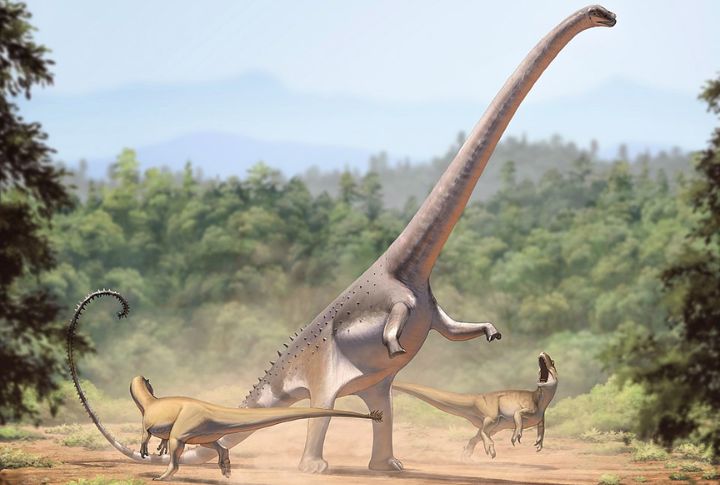
Barosaurus reached a length of 85 feet and weighed about 44 tons. A massive neck, nearly half its body length, enabled it to access treetop vegetation with ease. Longer forelimbs created a sloped back profile that set it apart from other Late Jurassic giants.

